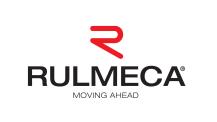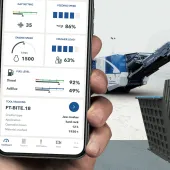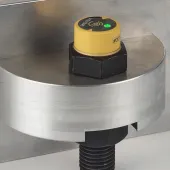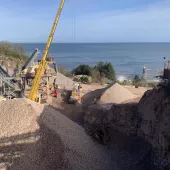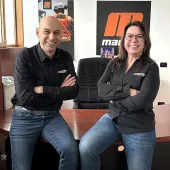Reducing conveyor belt downtime with Loctite PC 7350
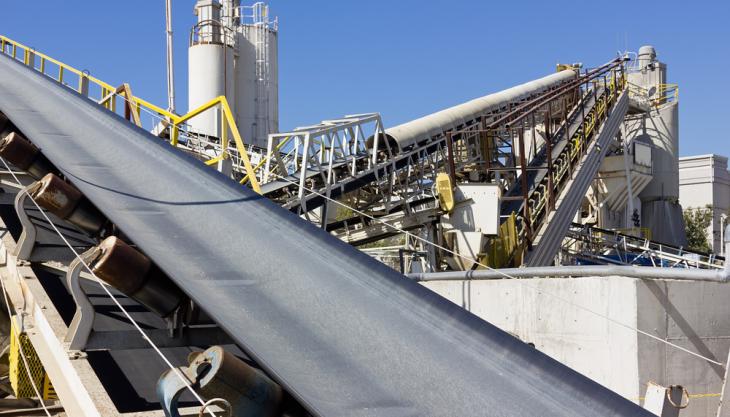
Premium polyurethane compound designed for on-site running repairs of conveyor belts
OPTIMUM conveyor belt life is achieved when the belt cover and carcass wear out at the same time, but in the real world how often does that happen? Commonly, the belt cover will wear through leaving the carcass intact, an outcome that limits the life expectancy of the system.
So, when is a repair feasible? If the tensile strength of the carcass on the damaged belt is not sufficient to withstand drive and take-up forces, then replacing the section is certainly the best and safest option.
But if only the cover is damaged – even across a large area – there is a simple, secure and speedy solution. Henkel’s Loctite PC 7350 is a two-part polyurethane compound that has been designed specifically for conveyor belt repairs.
It cures quickly at room temperature, making it suitable for on-site running repairs of conveyor belts and numerous other rubber parts too: including rebuilding liners in mills, pumps, feeding bowls, hoppers and chutes; and repairing cast urethane screens and liners.
A US mining company has already used the system on its conveyors which transport hard and sharp stones to and from crushers. According to Henkel, the customer has been able to restore its belts to full working order within two hours, reducing high replacement costs and expensive downtime.
This experience is echoed by an Australian manufacturer who had been losing up to £7,000 per hour in delays on ship loading through belt damage.
The cost savings from timely conveyor belt repairs can be substantial, but Henkel say another important point to remember is that a quality repair can extend belt life too, by up to 70% in most cases.

